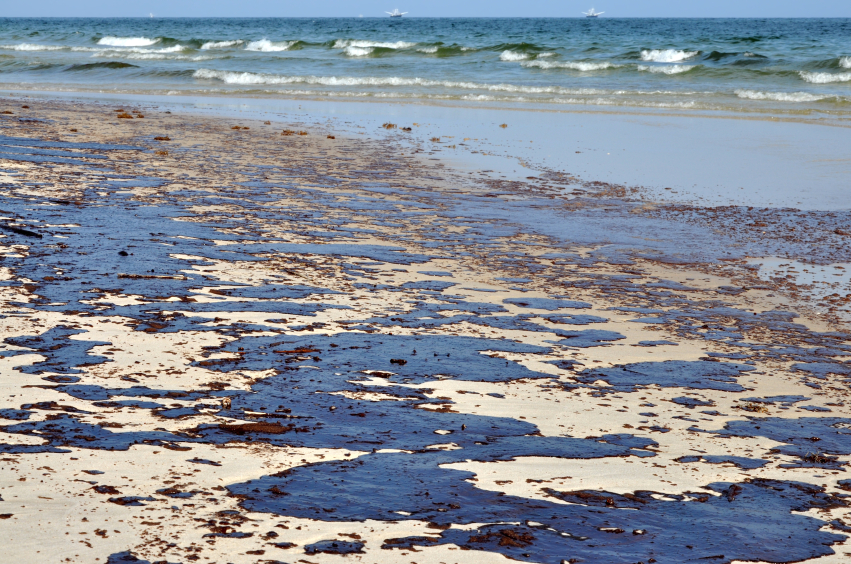 |
Facilities that are required to develop a Facility Response Plan (FRP) must include a facility response training program with drills and a testing program, and document the program in the FRP.
Draft PREP Changes
The requirement to develop and implement a program of response drills and exercises, including evaluation procedures, can be met by implementing a program modeled after the United States Coast Guard’s (USCG) National Preparedness for Response Exercise Program (PREP). For 3 years now, the USCG, with help from a few other agencies, has been in the process of updating the PREP Guidelines.
TRAC360 for SPCC provides all of the PE-written and reviewed templates that you need to create your facility-specific required plans, checklists, and training. See how it can solve your top compliance challenges. Find out.
Let’s take a look at four of the draft changes to PREP:
- SMFF. The draft PREP Guidelines would include guidance for including salvage and marine firefighting (SMFF) providers and equipment into a plan holder’s exercise program, in response to regulatory requirements at 33 CFR 155.4052. These are the SMFF drill and exercise regulations that were adopted in September 2013.
- NTV. The draft PREP Guidelines include guidance for exercises for nontank vessel (NTV) response plans, in response to regulatory requirements at 33 CFR 155.5060. This regulation requires NTVs with an oil capacity of 250 barrels or greater that are required to have a vessel response plan (VRP) to conduct exercises to ensure that the VRP will function in an emergency. Both announced and unannounced exercises must be included. NTVs with an oil capacity of less than 250 barrels can follow the exercise requirements of those with the higher oil capacity or comply with an Alternative Training and Exercise Program.
- WCD alternatives. The draft PREP Guidelines would allow for the use of alternative worst-case discharge (WCD) scenarios during exercises. According to the USCG, some facilities and complex facilities have more than one possible WCD, for example, a storage tank and a pipeline section. Such plan holders would be encouraged to consider adverse environmental impacts and to exercise more than just their largest volume WCD scenario.
- Equipment exercises. The draft PREP Guidelines would be updated to ensure consistency among agencies regarding the frequency of equipment deployment exercises. In particular, the frequency of deployment exercises for equipment that is owned by the facility, operated by Oil Spill Removal Organizations, and listed in EPA-regulated plans has been changed from annually to semiannually. This change is meant to ensure the readiness of equipment that is not regularly used in actual spill response operations.
The Ultimate SPCC Compliance Tool
TRAC360 for SPCC is a powerful application that simplifies compliance with EPA’s Spill Prevention, Control, and Countermeasure rule. Whether you need help creating your facility-specific SPCC Plan, writing inspection checklists for your tanks, or training your oil-handling workforce, TRAC360 is there to help. Learn More.
